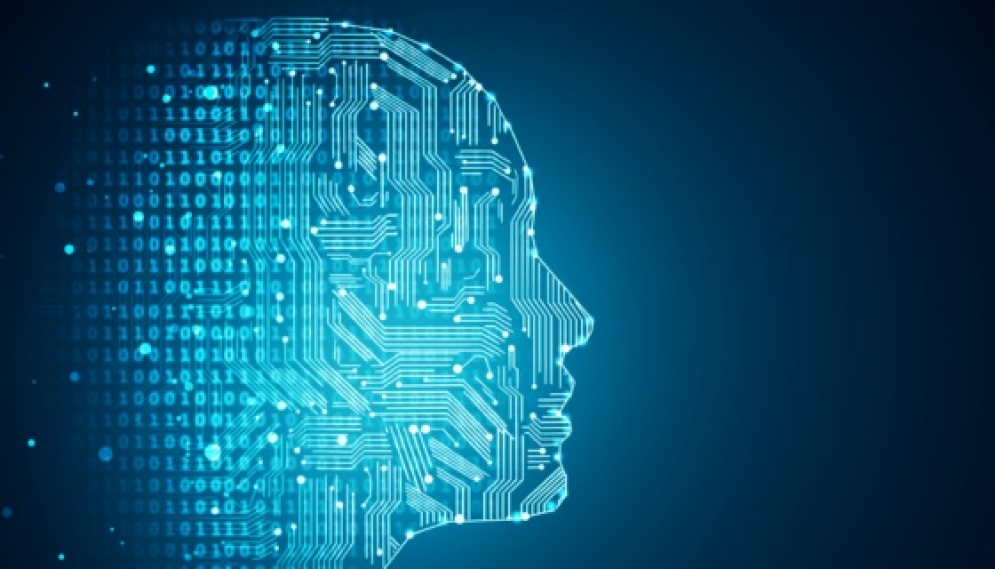The buzzwords of today’s digital age are ‘AI’ and ‘Artificial Intelligence.’
These excite some and strike fear into others. Yet whatever your position, this Hard Trend is undeniable and will shape the future of your business or organization in some way.
Applications like ChatGPT, deep data algorithms, and others are changing the face of work and how we approach business practices at an unprecedented speed. So what does that mean for the roles we have at work? Better yet, how do employers acquire talent with the skills necessary to keep operations progressing into the future? And finally, how do employees adapt when many of the tasks they are used to completing are being transformed by AI?
AI Is Moving Fast
Organizations and employees alike find comfort in their tried-and-true operations, but the business world is never constant — change is the only constant. According to a recent report completed by Goldman Sachs, 60% of the jobs available today did not exist in the 1940s. With the accelerated rate at which AI is transforming our current roles, today’s positions will be exponentially different in the next 5, 10, 15, and 20 years.
We do not have the luxury of sitting back and becoming complacent in our current roles, no matter what level they are at. Instead, we need to take an Anticipatory approach to work, looking at the future of AI technology in the workplace and proactively arming our workforce with essential knowledge and skills.
Do Not Let AI Lead You — Be the Leader
Because AI is progressing at such an exponential rate and will continue to do so, many organizations are still finding it difficult to obtain and retain top talent. Likewise, workers are finding it difficult to assimilate to their new roles in a technology-driven workforce.
Adaptation to AI is certainly on everyone’s minds; however, there is a slight problem with the concept of adaptation. It is a complacent and reactive approach to this digital disruption and will continue to be. Essentially, using agility to face AI will continue to put you in a place of professional anxiety.
With the uptick in AI applications, many companies have allowed AI to come to them. As a result, they wind up disrupted and feel that AI is at fault. Let me be frank: AI applications are not sentient beings. They merely exist and can or cannot be put into action.
It is up to you to apply AI within your business or organization. But applying AI is only half the battle. There is the human factor of the equation, in which your employees are affected by those AI applications. What ends up happening is business leaders either replace employees with those who have the technical skills necessary to work with AI or they force their current employees to learn these skills at unrealistic speeds.
But in reality, no matter the option you select, you are already behind at this point.
High-Level Skills and Technical Knowledge Are a Powerful Combination
Implementing AI applications in Anticipatory ways is definitely part of the equation, but as a leader, you are dealing with humans at your organization. Humans need to be taught how to work with these AI applications.
Teaching the essential skills at the heart of AI encompasses more than just technical know-how of coding languages, data sets, and machine learning principles. These are valuable skills, but employers need to teach how to leverage the higher levels of cognitive domain that human beings bring to the table.
In 1954, psychologist Benjamin Bloom developed a framework for categorizing educational goals: Bloom’s Taxonomy of Educational Objectives. The categories are:
• Knowledge
• Comprehension
• Application
• Analysis
• Synthesis
• Evaluation
Knowledge and comprehension are the lower levels, while application, analysis, synthesis, and evaluation are higher. By creating a space for employees to foster these higher levels, you not only encourage them to develop confidence in their use of these new skills, but employees will also have the advantage of examining data and filtering the most crucial information in a way that AI cannot.
Bringing It All Together
Creative problem-solving, decision-making, and the ability to communicate effectively are key skills that AI cannot touch. A mastery of these skills gives you, your team, and your business or organization the competitive advantage in your industry!
As you can see, an Anticipatory approach to AI in your industry and others is not just about working AI into your system. Human employees will always be a valuable asset to any business or organization, but much like AI applications, they too need to evolve and “upgrade.”
Combine these high-level skills with modernized knowledge in your training, make it interactive, and give current employees downtime to explore and learn these competencies fully. Meshing teaching critical-thinking skills with learning new technology is the way of the future.
To learn more about how you can take advantage of AI and accelerated digital transformation while retaining high-value employees, join my Anticipatory Leader Membership. Right now, you have a choice to make. You can react to problems and disruptions to your life, your career, and your organization after they happen, or you can tap into this unique learning system that will empower you with the ability to accurately foresee disruptions and game-changing opportunities. Learn more: https://www.burrus.com/become-anticipatory.






